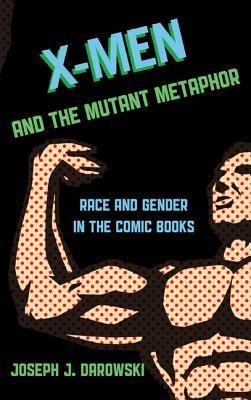What do you think?
Rate this book


242 pages, Hardcover
First published January 1, 2014
They live apart from the rest of society in their mansion; their contacts with the rest of society seem limited; their powers serve as constant reminders that they are different […] From one point of view, the Beast and Nightcrawler can be said to suffer from deformities. A number of the X-Men are foreigners who now find themselves living in the United States, an alien land. […] Note the explicit parallel drawn between mutants and persecuted minorities in X-Men #150, wherein it is revealed that Magneto, as a child, was an inmate at Auschwitz, and that over the years, as far as he knows, his entire family has been destroyed. All of these distinctions reinforce the impression created by the X-Men’s identity as mutants. The word “mutant” can symbolize for the reader any reason for feeling alienated from society, whether it be sex, race, creed, physical appearance, special talents that are misunderstood or provoke jealousy, or any more personal reason. The power of the mutant concept makes The X-Men unique.